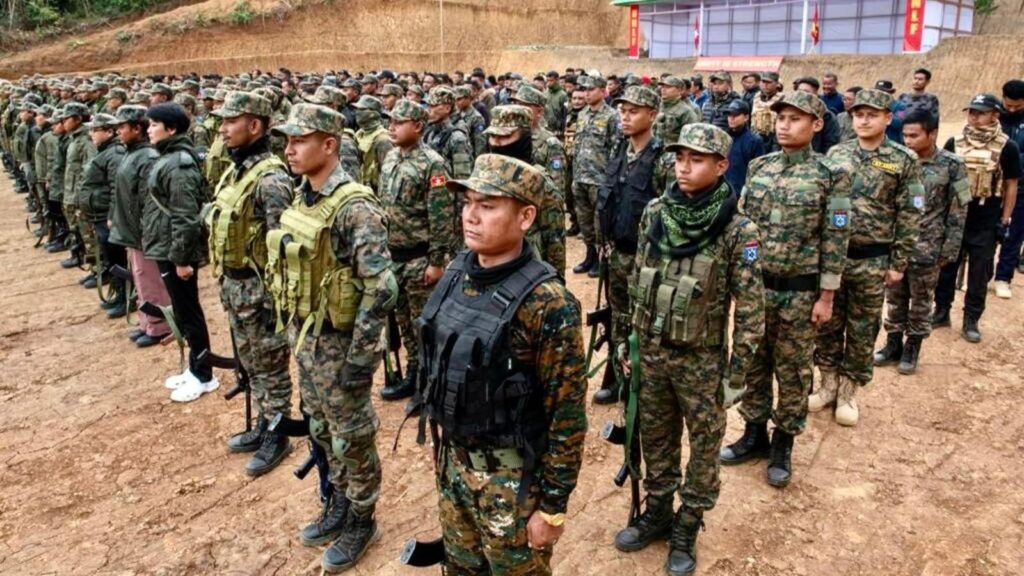The peace agreement signed between the Centre and the pro-talks faction of the United Liberation Front of Assam (ULFA) last week marks the closure of one of the most violent insurgencies in the Northeast. The Arbind Rajkhowa faction, the largest ULFA faction, gave up arms in 2011, but this pact puts a final seal on the ceasefire. As per the conditions of the agreement, ULFA will hand over their arms, disband within a month, vacate camps and provide the government with a list of cadres. On its part, the State will withdraw cases against cadres and make efforts to rehabilitate them. Hopefully, the Paresh Baruah faction, which has been holding out against talks, will join the peace process and end the separatist movement that started soon after the Assam agitation in the late 1970s and roiled the state for over three decades. The pact provides redress for a gamut of political and economic issues that ULFA had flagged when it launched an armed struggle against the Indian State that has left close to 10,000 people dead.
The politics of ethnic nationalism has since transformed into identity-centric mobilisations that seek accommodation in electoral democracy and State institutions and compete for land and resources. Militant groups have lost ground in the region but the political and economic discontent they represented continues to manifest in newer forms while remaining hidden in the multiple fault lines that shape politics in the region. The challenge is ensuring that these fault lines stay dormant and do not come alive and wreak havoc, as happened in Manipur recently. Matters such as the National Register of Citizens and the Citizenship Amendment Act are sensitive issues in Assam and politics centred on them is combustible. Hence, the government needs to stay alert and reinforce the accords to keep peace in the region. The Meitei-Kuki violence in Manipur is a warning that the State cannot be complacent in a region where the ethnic power balance is central to the governance paradigm.
The ULFA pact should also be seen as part of a continuum of Delhi engaging with separatist movements and persuading them to join the mainstream. Using innovative governance solutions, including constitutional provisions to address concerns about ethnic and linguistic identities, the Centre has been successful in containing violent separatist movements in Mizoram, Tripura, and Assam. The next challenge is to provide closure in Nagaland, home to India’s oldest insurgency, where a final pact has proved to be elusive, even though a ceasefire has been in force since 1997.
Continue reading with HT Premium Subscription
Daily E Paper I Premium Articles I Brunch E Magazine I Daily Infographics


